Study on Grouting Reinforcement Method under Soft Water-rich Sand Layer in Metro Station
DOI: 10.23977/jemm.2020.050102 | Downloads: 28 | Views: 3247
Author(s)
Bing Zhang 1, Shijie Zhang 2
Affiliation(s)
1 Jinan Liwen Geotechnical Engineering Co., LTD., Jinan 250061, China
2 China Railway Academy Co., LTD., Chengdu 610032, China
Corresponding Author
Bing ZhangABSTRACT
The Quaternary water-rich sand layer, which is often traversed during the construction of subway tunnels, is one of the main geological disaster sources that affect the safety of subway construction. The formation is rich in water, low in bonding strength, and has poor self-stability. It is very easy to induce engineering disaster accidents such as tunnel collapse, water gushing and sand collapse. Grouting method is the most commonly used method to control geological hazards of water-rich sand layer. Grouting can effectively enhance the cohesion of the sand layer and enhance the compressive strength of the sand layer. This article mainly aims at the subway station passing through the sand layer, adopts the advanced curtain grouting method, and cooperates with the specific grouting technology to grouting the sand layer within 12m in front of the tunnel to ensure the stability and safety of tunnel excavation.
KEYWORDS
water-rich sand layer, grouting reinforcement, grouting pressure, excavation stabilityCITE THIS PAPER
Bing Zhang, Shijie Zhang. Study on Grouting Reinforcement Method under Soft Water-rich Sand Layer in Metro Station. Journal of Engineering Mechanics and Machinery (2020) Vol. 5: 5-11. DOI: http://dx.doi.org/10.23977/jemm.2020.050102.
REFERENCES
[1] Kim J S, Lee I M, Jang J H, et al (2009). Groutability of cement-based grout with consideration of viscosity and filtration phenomenon. International Journal for Numerical and Analytical Methods in Geomechanics. Vol.16, p.1771-1797.
[2] Akbulut S, Saglamer A (2002). Estimating the groutability of granular soils: a new approach. Tunnelling and Underground Space Technology, Vol. (4), p.371-380.
[3] Vnguyen H, Remond S, Gallias J L (2011). Influence of cement grouts composition on the rheological behavior. Cement and Concrete Research, vol.3, p.292-300.
[4] Şahmaran M, Özkan N, Keskin S B, et al (2008). Evaluation of natural zeolite as a viscosity-modifying agent for cement-based grouts. Cement and Concrete Research, vol.7, p. 930-937.
[5] Park C K, Noh M H, Park T H (2005). Rheological properties of cementitious materials containing mineral admixtures. Cement and Concrete Research, vol.5, p. 842-849.
[6] Yoon J, Mohtar C S E (2015). A filtration model for evaluating maximum penetration distance of bentonite grout through granular soils. Computers and Geotechnics, vol.65, p. 291-301.
[7] Jiang C, Jiang Z, Liu S, et al (2013). Chemical grout diffusion in porous rock based on response of geoelectric field. International Journal of Mining Science and Technology, vol.23, no.5, p.643-646.
| Downloads: | 11121 |
|---|---|
| Visits: | 422835 |
Sponsors, Associates, and Links
-
Cybernetics and Mechatronics
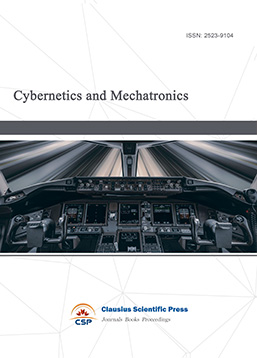
-
Digital Manufacturing and Process Management
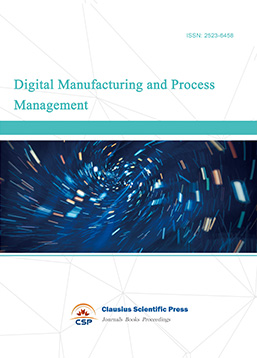
-
Ultra-Precision Machining Process

-
Journal of Robotics and Biomimetics
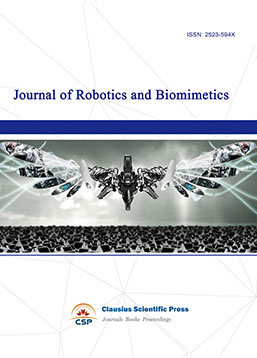
-
Prognostics, Diagnostics and Health Management

-
Micro-Electro-Mechanical Systems

-
Journal of Precision Instrument and Machinery
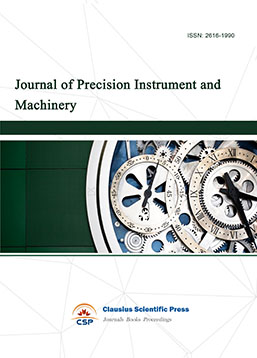
-
Engineering and Solid Mechanics

-
Fracture and Damage Mechanics
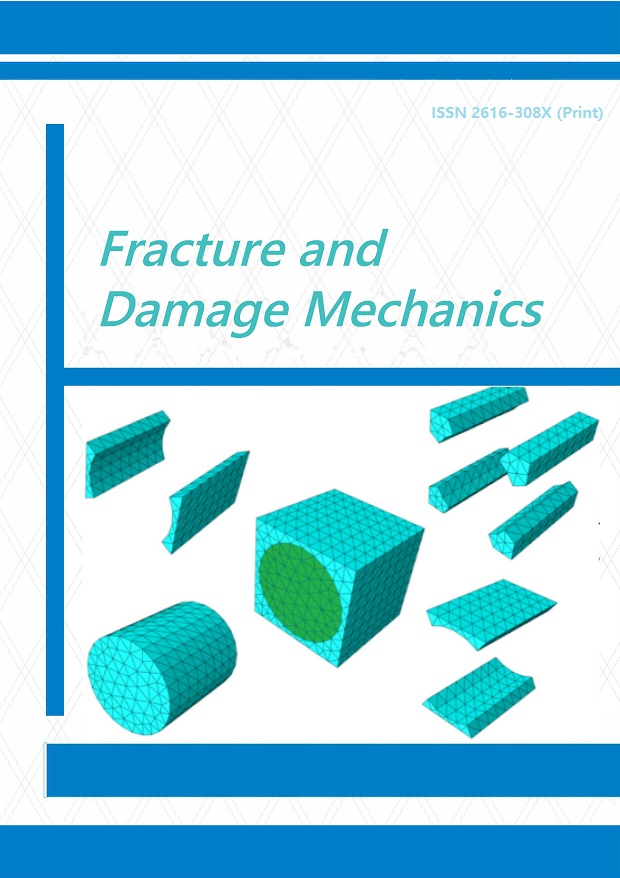
-
Frontiers in Tribology

-
Fluid and Power Machinery

-
Chemical Process Equipment
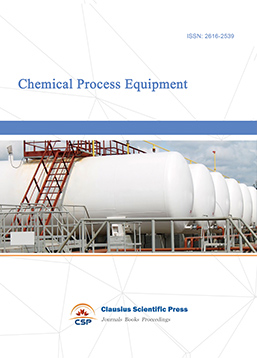
-
Journal of Assembly and Manufacturing
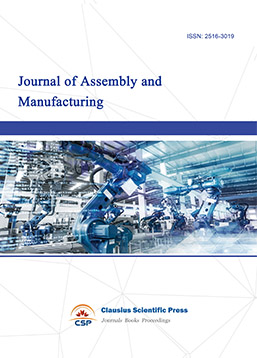
-
Mechanical Vibration and Noise


 Download as PDF
Download as PDF